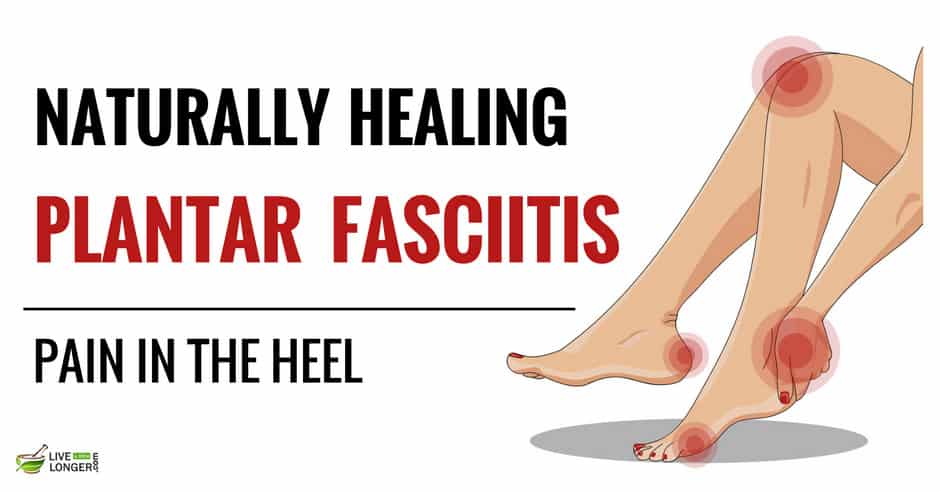Plantar Fasciitis, Plantar Fasciitis Treatment and Exercises For
Plantar Fasciitis: Symptoms, Treatment and Prevention

In this final article in both part series on Plantar Fasciitis, Brad Walker discusses the common symptoms of the painful sports damage as well as the most effective treatments once diagnosed. Brad also outlines some very important preventative measures that are crucial to avoid Plantar Fasciitis. A ft . injury such as plantar fasciitis generally occurs in one foot. Bilateral plantar fasciitis is unconventional and tends to be the consequence of a systemic arthritic condition that is extremely rare among sportsmen. Males have problems with a somewhat greater incidence of plantar fasciitis than females, perhaps because of this of better weight in conjunction with greater swiftness and earth impact, as well as less versatility in the ft ..Typically, the victim of plantar fasciitis experience pain upon increasing after sleep, specially the first step out of foundation. Such pain is securely localized at the bony landmark on the anterior medial tubercle of the calcaneus. In some cases, pain may prevent the sportsman from walking in a normal heel-toe gait, triggering an abnormal walk as method of settlement. Less common areas of pain include the forefoot, Achilles tendon, or subtalar joint.After a limited period of walking with this type of ft . injury, the pain usually subsides, but returns again either with vigorous activity or prolonged standing or walking. For the field, an altered gait or excessive stride routine, along with pain during jogging or jumping activities are tell-tale symptoms of plantar fasciitis and really should be given fast attention. Further indications of the personal injury include poor dorsiflexion (lifting the forefoot off the ground) scheduled to a shortened gastroc organic, (muscles of the leg). Crouching in a full squat position with the only real of the foot flat on the floor can be utilized as a test, as pain will preclude it for the athlete experiencing plantar fasciitis, leading to an elevation of the heel due to tension in the gastroc complex.TreatmentTreatment of plantar fasciitis may also be a slow and frustrating process. A program of treatment should be performed by making use of someone trained and proficient in the affliction. Typically, plantar fasciitis will demand at least six weeks and up to half a year of conservative care to be fully remedied. Should such initiatives not provide relief to the athlete, more ambitious options including surgery may be looked at.The initial goals of physical remedy should be to increase the passive flexion of the ft . and improve versatility in the foot and ankle, eventually resulting in a full return to normal function. Prolonged inactivity in strenuous sports is often the price to be payed for thorough recovery. 50 % measures can lead to a persistent condition, in some instances severely restricting athletic ability.As a huge amount of time is spent during intercourse during sleeping hours, it is important to ensure that the linens at the foot of the foundation do not constrict the foot, resulting in plantar flexion where the foot is bent straight out with the toes pointing. This constricts and in so doing shortens the gastroc complex, worsening the problem. A heating up pad positioned under the muscles of the leg for a few momemts prior to growing may help release tension, increase blood flow in the low leg and decrease pain. Also while asleep, a night splint may be used in order to hold the rearfoot in a natural position. This will likely aid in the healing of the plantar fascia and ensure that the feet won't become flexed during the night.Attention to footwear is crucial in avoiding foot injuries. Every work should be made to wear comfortable shoes with proper arch support, fostering proper ft . posture. Should arch supports prove inadequate, an orthotic shoe should be considered. Fortunately, most instances of plantar fasciitis act in response well to non-operative treatment.Recovery times however range enormously from one athlete to some other, depending on era, overall health and physical condition as well as severity of injury. A wide period between 6 weeks and six months is usually sufficient for proper healing. Additionally, the method of treatment must be flexible with respect to the details of a particular athlete?s injury. Methods that verify successful in a single patient, might not improve the injury in another.Early treatment of foot injuries typically includes the use of anti-inflammatory medication, icing, stretching activities, and heel inserts and splints. Cortisone injections may be essential to achieve satisfactory treatment and retard irritation. In later phases of the rehabilitation process, typically following the first week, glaciers should be discontinued and changed with warmth and massage.It is critical that any activity recognized to produce soreness or stress to the plantar fascia be immediately discontinued, including any activity including repeated impact of the heel on a hard surface, particularly, operating. Should pain from the accident persist, additional diagnostic studies should be carried out to eliminate other, more spectacular causes of heel pain including stress fractures, nerve compression injury, or collagen disorders of the skin.
Plantar Fasciitis, Plantar Fasciitis Treatment and Exercises For's Wallpaper
Related Images with Plantar Fasciitis, Plantar Fasciitis Treatment and Exercises For
lifestyle and home remedies

Plantar Fasciitis Night Splints

Jeremy Roberts provided a lot of information about plantar fasciitis

Plantar Fasciitis, Plantar Fasciitis Treatment and Exercises For



















0 komentar: